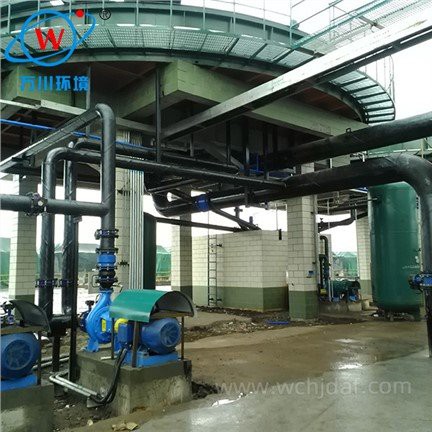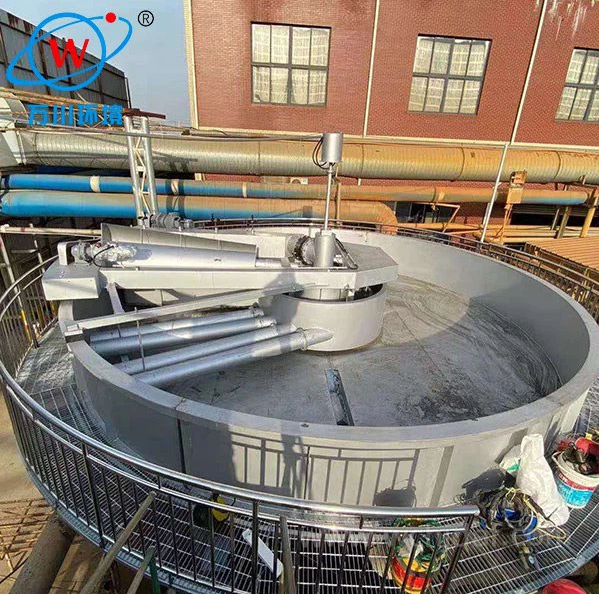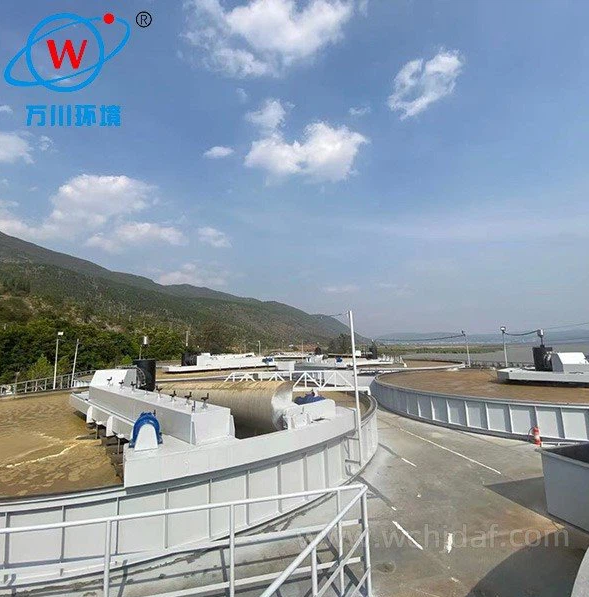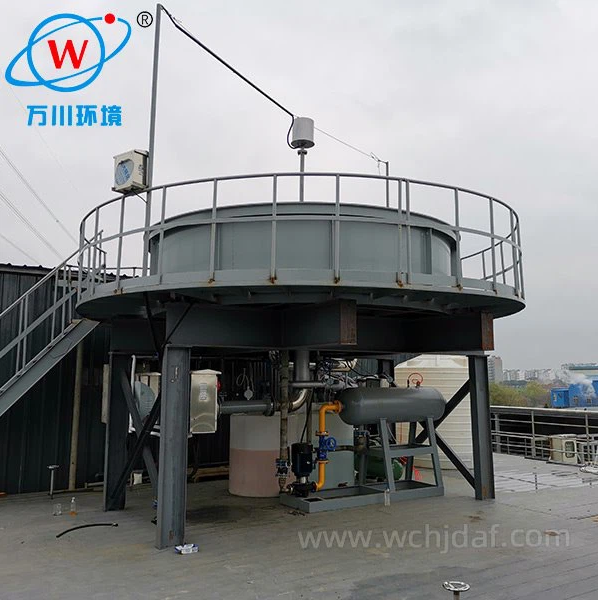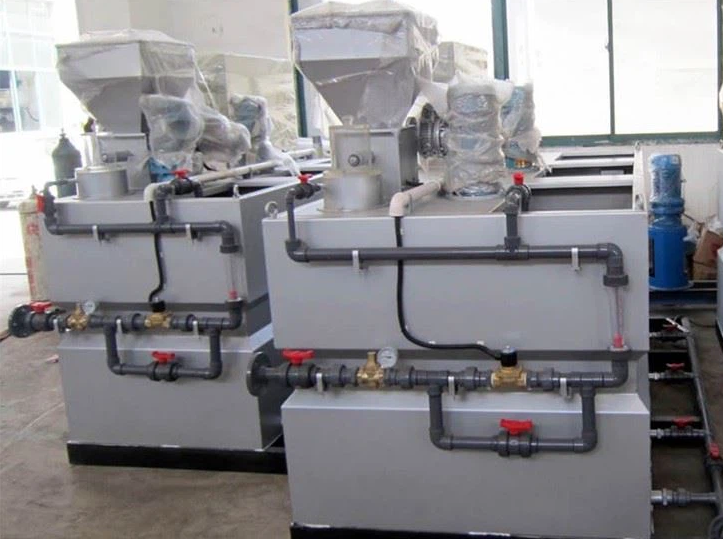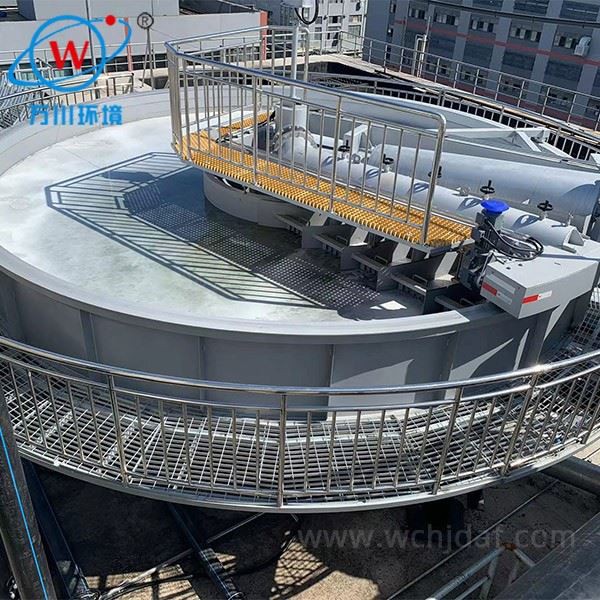Diffusion Air Flotation Technology
An effective method for oil removal from wastewater through physical and chemical interactions
DAF Oil Removal Process
Diffusion Air Flotation (DAF) is widely recognized as an effective method for removing oil from wastewater, leveraging unique physical and chemical interactions to separate oil droplets from aqueous solutions. Its effectiveness stems from the way it generates and distributes tiny air bubbles, which play a critical role in capturing and lifting oil particles to the water surface for removal.
Air Diffusion
Fine air bubbles are dispersed into wastewater
Bubble Attachment
Bubbles attach to oil droplets increasing buoyancy
Separation
Oil-bubble mixture rises to surface for removal
Bubble Interaction Mechanism
In the DAF process, air is diffused into the wastewater as a fine dispersion of bubbles. These bubbles are small enough to attach to oil droplets— a phenomenon driven by differences in surface tension and density.
Oil droplets, being less dense than water, naturally tend to rise, but their small size often slows this process significantly, allowing them to remain suspended. The air bubbles attach to the oil droplets, increasing their overall buoyancy and accelerating their ascent to the surface.
Froth Formation
Once at the surface, the oil and bubble mixture forms a stable froth layer, which can be easily skimmed off, leaving the underlying water with reduced oil content.
Oil Types Handled by DAF Systems
- Free oil - Easily separated due to natural buoyancy
- Emulsified oil - Requires chemical additives for separation
- Dispersed oil - Small droplets suspended in wastewater
- Chemical additives like coagulants or flocculants help break down emulsions
- Aggregated oil clusters that are more easily captured by air bubbles
Industrial Applications
This adaptability makes DAF suitable for a range of industrial wastewater streams, such as those from oil refineries, automotive manufacturing, food processing, and metalworking, where oil contamination is a common issue.
System Design Advantages
The design of DAF systems enhances their oil-removal efficiency. The uniform distribution of air bubbles throughout the wastewater ensures maximum contact between bubbles and oil droplets, minimizing the chance of oil particles remaining uncaptured.
Performance Benefits
The controlled flow rate within the flotation tank also allows sufficient time for bubble attachment and froth formation, further improving separation. Compared to other oil-removal methods, DAF offers advantages like faster processing, lower sludge production, and the ability to operate continuously, making it a reliable choice for industries seeking efficient and cost-effective oil removal from wastewater.
DAF System Advantages
- Faster processing compared to traditional methods
- Lower sludge production reducing disposal costs
- Continuous operation capability for industrial applications
- High efficiency in oil removal from wastewater
- Adaptability to various oil types and concentrations
- Cost-effective solution for industrial wastewater treatment

